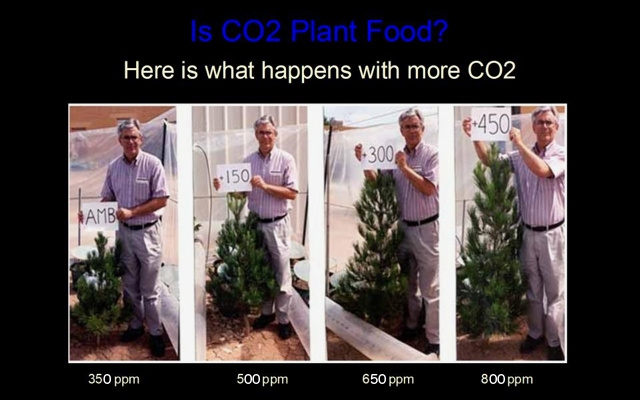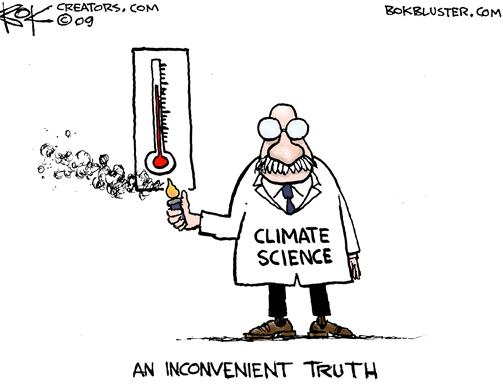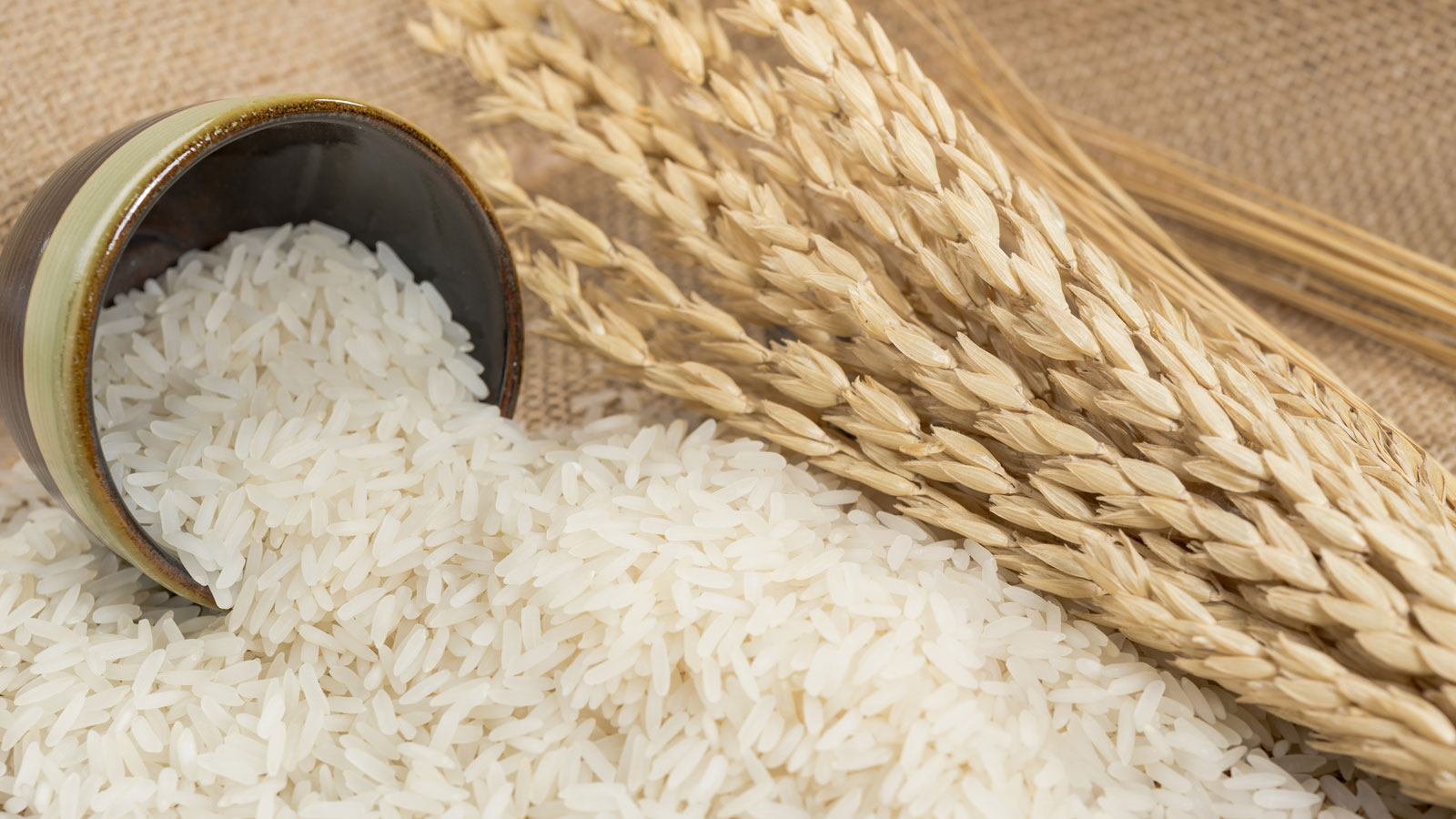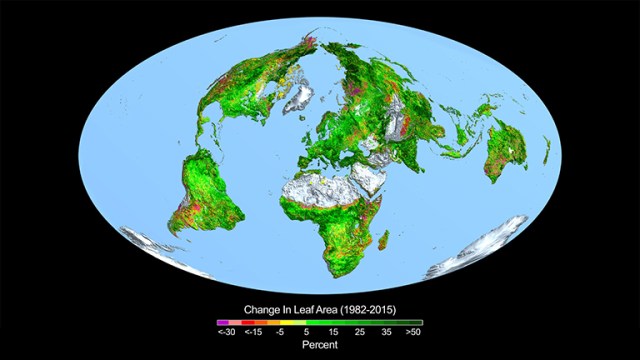Weatherman2020
Diamond Member
More plants = more pollen = bad for those with pollen allergies.
Cuz science.
And here I thought global warming was supposed to reduce life on earth, not make it fruitful and multiply.

 wattsupwiththat.com
wattsupwiththat.com
Cuz science.
And here I thought global warming was supposed to reduce life on earth, not make it fruitful and multiply.

Study: Climate Change Boosted Plant Growth is Bad
University of Michigan models suggest that increased rates of plant growth due to warmer temperatures will boost pollen allergies.
 wattsupwiththat.com
wattsupwiththat.com




